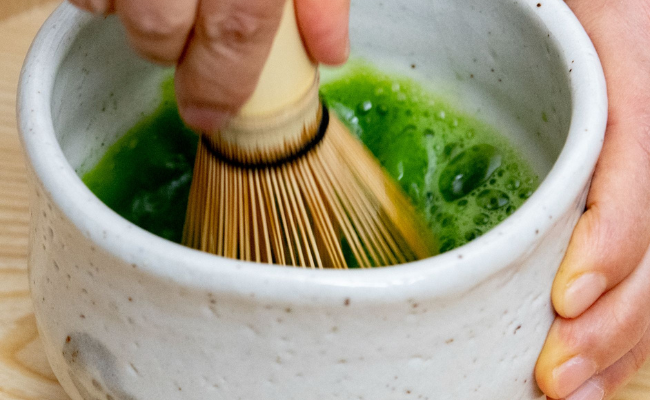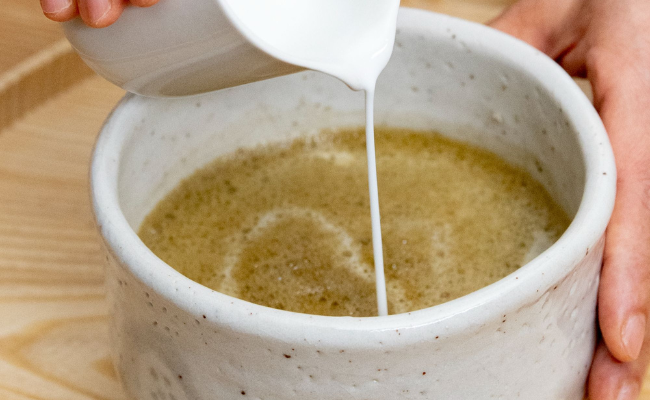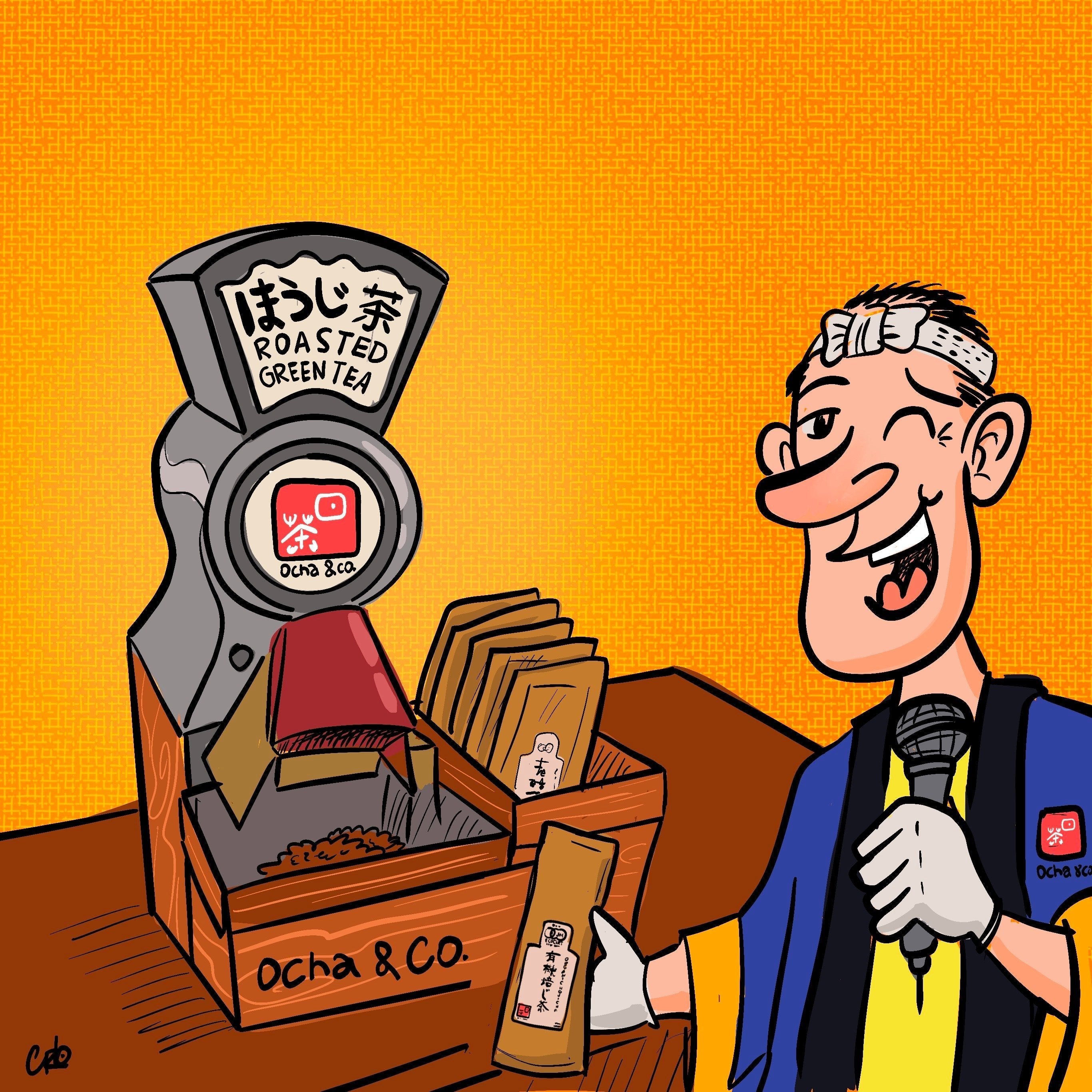Shizuoka Green Tea and the Chagusaba Farming Method
Table of content
- 1. The Unique Farming Method Behind Shizuoka Green Tea
- 2. What is Chagusaba?
- 3. Shizuoka Green Tea and Satoyama Farming
- 4. Why Chagusaba Produces Superior Shizuoka Green Tea
- 5. Sustainable Pest Control: Insects Over Insecticides
- 6. Preserving Tradition with Sustainable Practices
- 7. Taste the Best of Shizuoka Green Tea
- 8. Taste the harmony between nature and tea—click here to shop now!
In Japan’s renowned Shizuoka region, two distinct approaches to green tea (緑茶) cultivation define the landscape. While large industrial plantations prioritize mass production, small-scale, community-run farms embrace traditional, sustainable techniques that harmonize with nature. Among these is Chagusaba (茶草場農法)—a centuries-old eco-friendly farming method that yields some of the best Shizuoka green tea.
The Unique Farming Method Behind Shizuoka Green Tea
What is Chagusaba?
Chagusaba, or "tea-grass farming method," is an ancient Japanese agricultural practice where farmers cut grasses from surrounding fields and spread them as mulch on tea plantations. This method is essential for producing premium Shizuoka green tea, as it:
- Suppresses weeds naturally, reducing the need for herbicides.
- Retains soil moisture, ensuring steady growth.
- Enriches the soil with organic nutrients, improving tea quality.
The Food and Agriculture Organization (FAO) recognizes Chagusaba as a Globally Important Agricultural Heritage System, highlighting its role in preserving Japan’s green tea culture.
Shizuoka Green Tea and Satoyama Farming
The Chagusaba method thrives in Satoyama (里山) landscapes—rural ecosystems where humans and nature coexist. Unlike modern monoculture tea plantations, which can deplete biodiversity, Shizuoka’s Satoyama tea farms support a balanced environment. These farms avoid chemical fertilizers and pesticides, relying instead on natural biodiversity to cultivate Shizuoka green tea sustainably.
Why Chagusaba Produces Superior Shizuoka Green Tea
The Chagusaba method naturally enhances the taste and quality of Shizuoka green tea. Farmers use native grasses such as:
- Kogane (golden grass)
- Bamboo grass
- Miscanthus
As these grasses decompose, they enrich the soil with silicic acid and amino acids, boosting the umami flavor and aroma of the tea. Additionally, natural fertilizers like rice bran contribute to a well-rounded, rich taste. The result? Premium sencha (煎茶) and matcha (抹茶) teas with a vibrant color, smooth texture, and complex flavor profile.
Sustainable Pest Control: Insects Over Insecticides
Instead of using chemical pesticides, Chagusaba farms support biodiversity to protect their crops. Grasses attract beneficial insects like bees and butterflies, which naturally pollinate and protect Shizuoka green tea plants. Birds such as bush warblers and wagtails act as natural pest controllers, ensuring a healthy, self-sustaining ecosystem.
Preserving Tradition with Sustainable Practices
Though labor-intensive, Chagusaba farming preserves Japan’s cultural heritage while producing exceptional Shizuoka green tea. Farmers carefully manage fields using hand tools, ensuring that each tea plant receives meticulous care. This dedicati0n results in small-batch handcrafted teas, highly prized by tea connoisseurs worldwide.
Taste the Best of Shizuoka Green Tea
Experience the rich, umami flavor of sustainably grown Shizuoka green tea. Try our Yakubita Single Cultivar Matcha, crafted using Chagusaba and traditional farming techniques.






